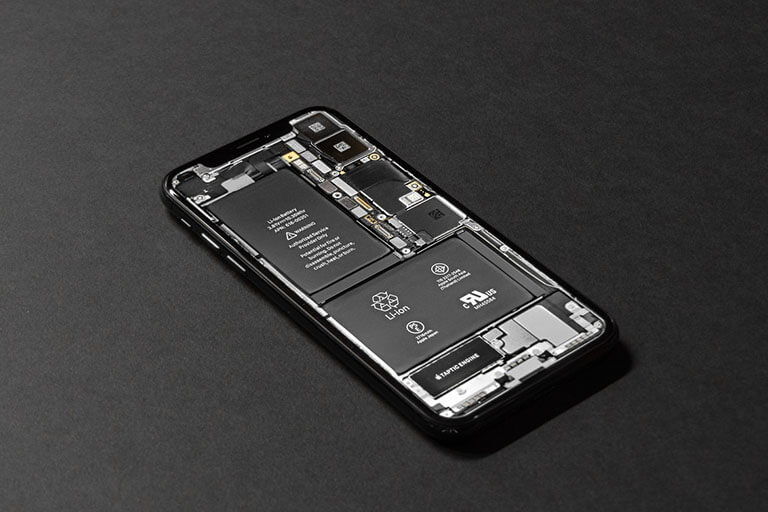 Like they say in Texas: dang!
Like they say in Texas: dang!
No, I am not talking about the power outage or the freezing weather event this time. I am talking about solid-state batteries which yes, may be used in Texas in the near future.
Not a day goes by in which we are faced with confusing news about solid-state batteries. There is so much hype in the market that it is incredibly challenging to understand what is truly going on. So many start-ups benefiting from hundreds of millions invested and billion-dollar valuations is enough to make one dizzy. And that is fantastic!
But titles like “Only We Have A Viable Solid-State Lithium Metal Battery” can be a bit deceptive. I know they are meant to capture your attention. But shall we look at the facts?
Why Solid-State?
Solid-state batteries are a solution meant to address the limitations of Li-ion and prevailing battery technologies. Attributes of solid-state include safety from fires, higher energy density yielding longer driving range, wider operating temperature application (buses with Li-ion batteries don’t perform well in very cold or very hot weather), extended life and sustainability.
Traditional Li-ion technologies use a gel or liquid as the electrolyte separating the anode from the cathode. The electrolyte in all-solid-state batteries should be 100% solid although some companies claim to make solid-state batteries when this is not the case.
Biggest issue: lack of transparency
The nature of start-up technology is exciting, and I totally get the need to create a constant buzz and attention. Educated, informed professionals are able to differentiate what is real from what is not. Most people read only titles, but this may end up hurting the industry in its infancy. Lack of full transparency carries the risk of confusing the buyer of a product containing solid-state batteries. This should be prevented at all costs.
If you don’t have a solid-state battery with a ‘solid electrolyte’ then please don’t call it a ‘solid-state’ battery. If you have a product not yet powering an actual commercial application then please… don’t call it viable. I think that most people will accept and appreciate you calling it ‘promising.’
Single or double-layer cell lab samples are a great accomplishment. However, they do not represent a prototype of a commercial product that involves many, multiple layers. A 30mm x 30mm (1.4 square inches) cell could become a product suitable for electronics application (in multi-layer cell format) but it is a big leap to powering an electric car or a truck.

Solid-state batteries are very promising for the energy transition. They are safe. A solid electrolyte prevents a battery from catching fire. Although this does not happen often with Li-ion batteries, manufacturing defects may cause ‘thermal runaway events’ when cells heat up and propagate to the point of ignition.
Solid-state cells have higher energy density providing a longer range in transportation applications. And they last longer.
The interest by automotive OEMs, battery manufacturers, and the investment community in solid-state batteries is fantastic. When these start-ups’ products become commercially available, we will all be better off. We need safer, more sustainable, longer-lasting batteries.
In the meantime, if you want to consider all-solid-state batteries, you have two options: you can wait 4-5 years and hope for their success, or you can talk to Blue Solutions, the only company with a commercially available all-solid-state battery globally deployed and see if it makes sense for you to incorporate their all-solid-state technology into your projects today!














